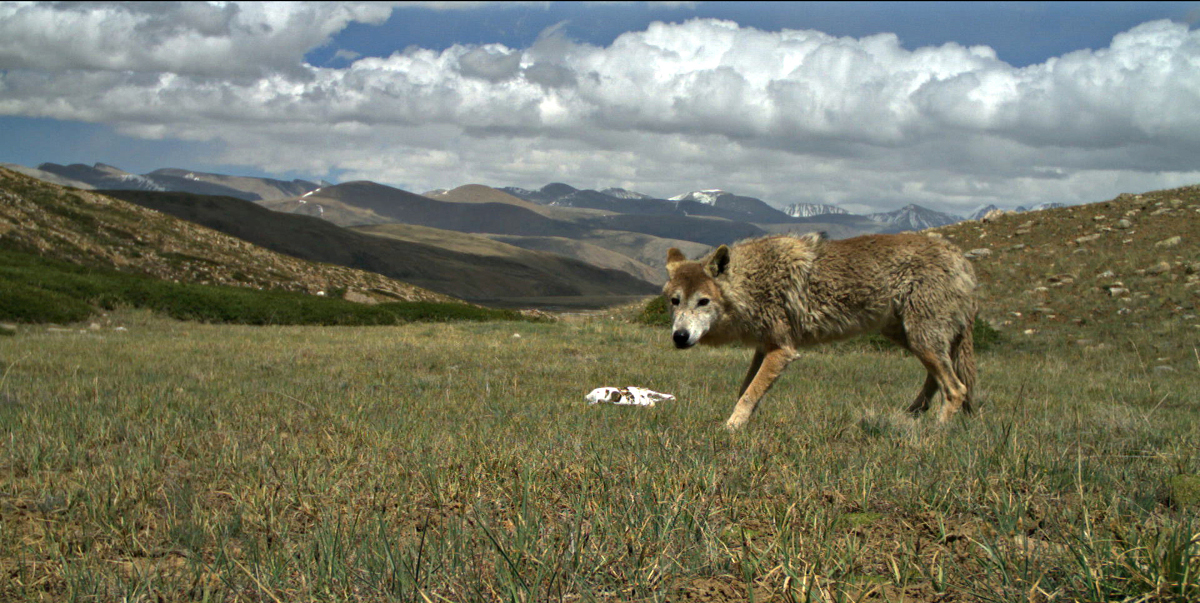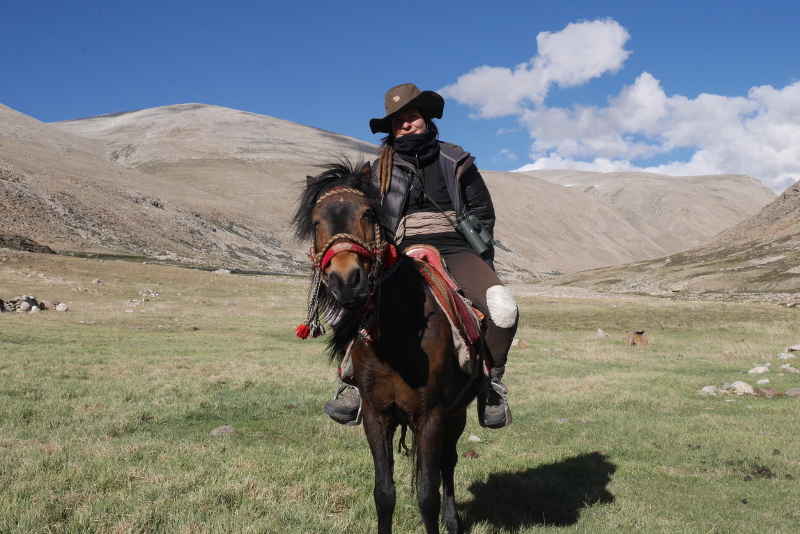News
Himalayan wolves are special
Whose who taxonomically is vital to conservation, both in terms of preserving the full spectrum of biodiversity, and because taxonomic status (is it a species, a subspecies or a local variant) often affects an animal’s legal status. Therefore, genetics matter. That’s why WildCRU’s remarkable graduate student, Geraldine Werhahn (remarkable for her tough and tenacious trekking through remote corners of Nepal) was determined to study the genetics of the wolves she has dedicated so many hours to. Geraldine, supported by Claudio Sillero and David Macdonald, and with a team involving Dr. Helen Senn at the Royal Zoological Society of Scotland’s WildGenes conservation genetics lab, discovered that genetic evidence supports the proposition that Himalayan wolves form an evolutionary distinct taxon, seemingly unique to the high altitude ecosystems of the Himalayas and the Tibetan Platea in their paper Phylogenetic evidence for the ancient Himalayan wolf: towards a clarification of its taxonomic status based on genetic sampling from western Nepal.
These wolves face many threats from illegal poaching due to depredation and traditional uses of body parts to habitat encroachment by livestock and associated decreasing wild prey populations. In a second article (Conservation implications for the Himalayan wolf Canis (lupus) himalayensis based on observations of packs and home sites in Nepal), Geraldine and the WildCRU team present observations on the denning ecology of Himalayan wolves in Nepal together with social surveys of the local mountain communities. It turns out that the wolves occupy home sites in areas also used for seasonal livestock herding during spring and summer in the high altitude pasturelands – an overlap that increases the risk of conflict. In the quest for solutions, this paper explores the current legal basis in Nepal for conserving Himalayan wolves.
Short film of the project
Watch it on Youtube at https://www.youtube.com/watch?v=KZzluwWto3Y
-

-
 In search of the Himalayan wolf in the vast landscapes of the Transhimalayas, where travelling by horse presents a welcome change to the usual travel by foot
In search of the Himalayan wolf in the vast landscapes of the Transhimalayas, where travelling by horse presents a welcome change to the usual travel by foot





